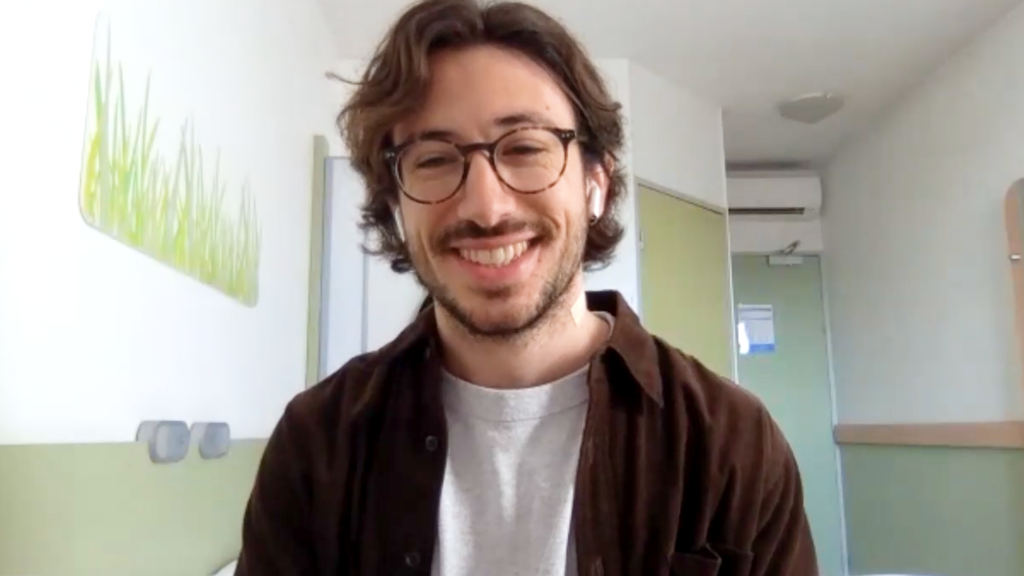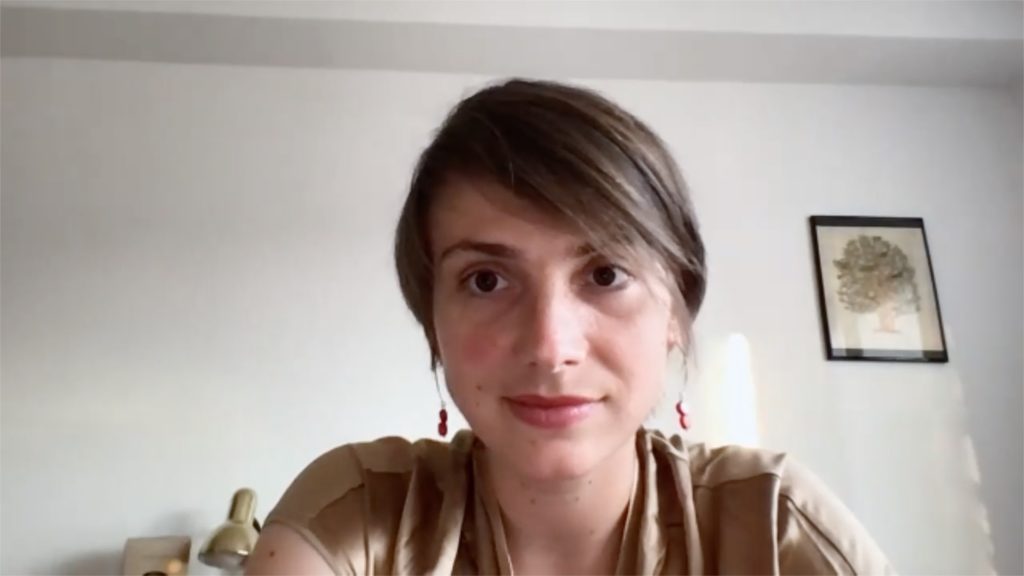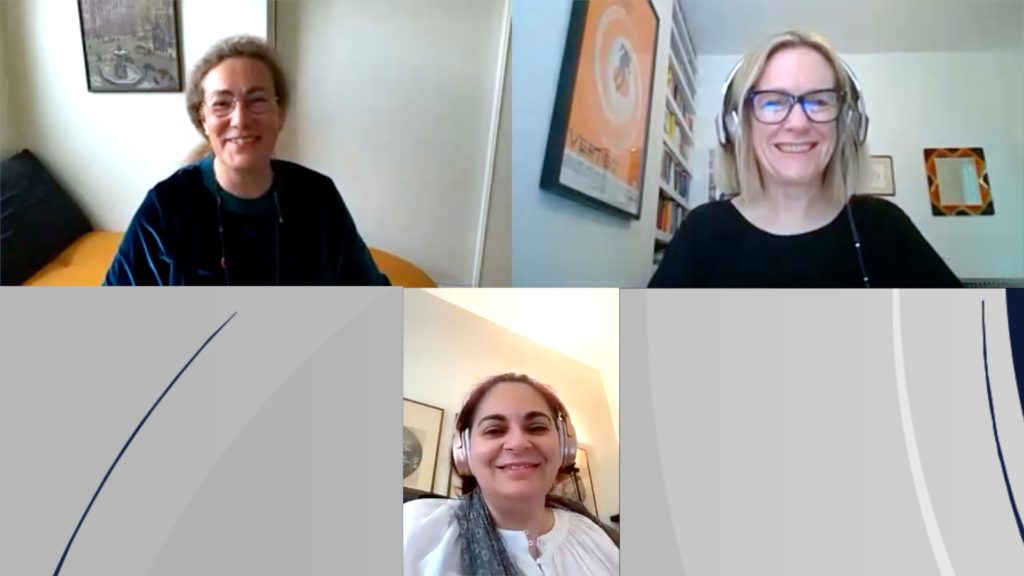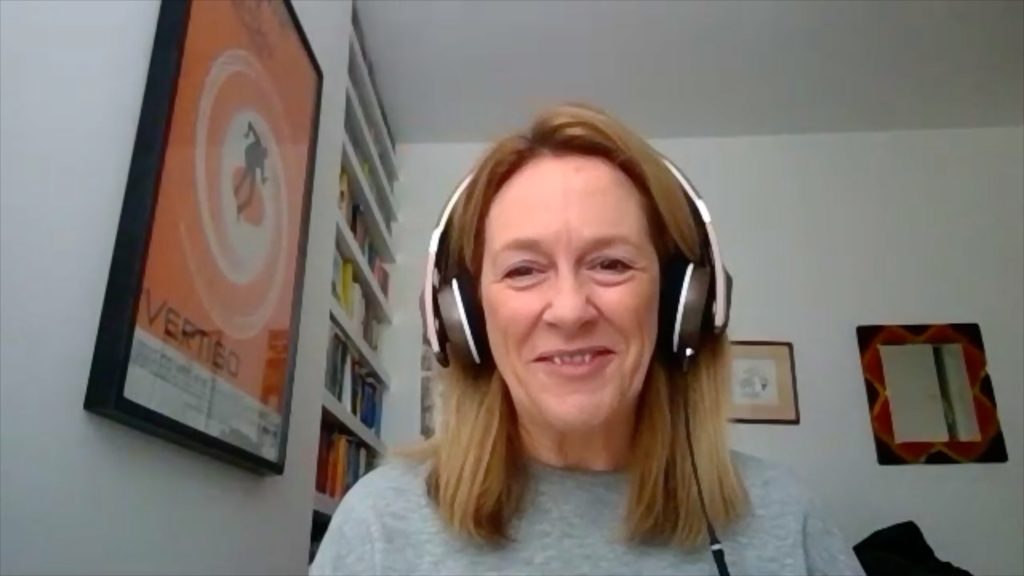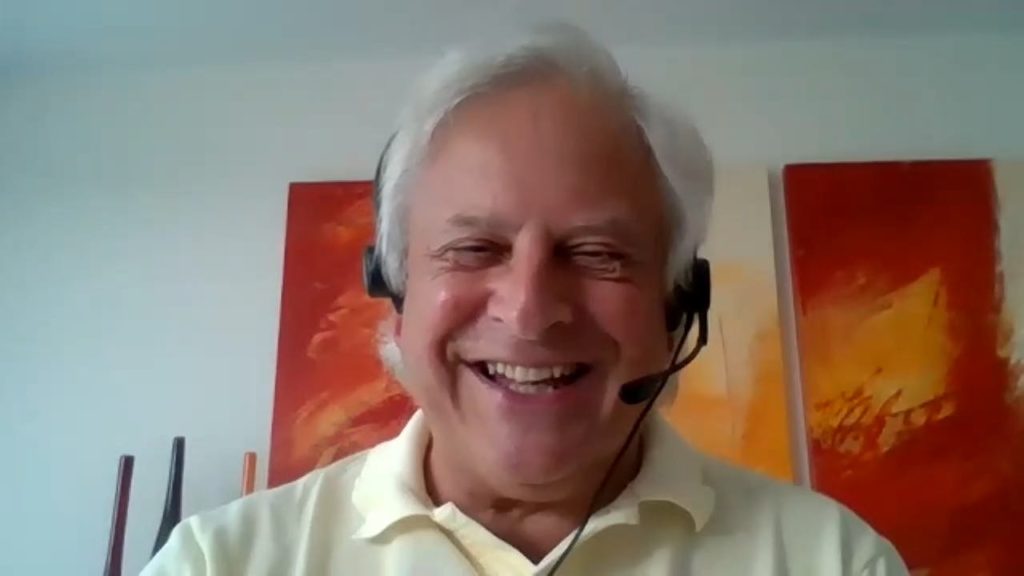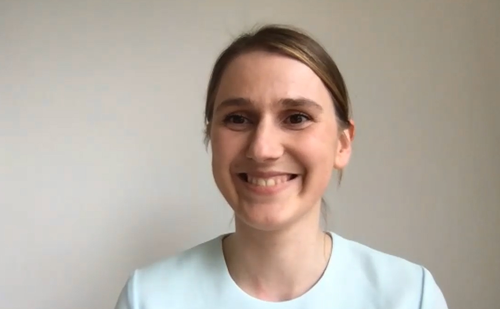GENEVA: Launching today, the world’s first multisector advocacy movement dedicated to stroke – the Global Stroke Action Coalition – has issued an urgent call to action to address growing inequities in stroke. Already a leading cause of death and disability, without intervention, the global burden of stroke is projected to rise by a further 50% over the next 25 years, claiming 100 million lives and costing US$1.6 trillion each year.
At this afternoon’s launch, health and economic policy specialists, clinical experts and people with lived experience of stroke, will highlight key data and recommendations for action to address human and financial impact of stroke. Drawing on both data and the lived experiences of people affected by stroke, the Coalition will share their inaugural policy document Stroke Action Now which sets out evidence-based examples of interventions that can significantly advance progress on a disease that is largely:
- Preventable: 80% of the current stroke burden is linked to 10 modifiable risk factors. Identifying and managing hypertension alone could cut the rate of stroke in half.
- Treatable: Advances in clot removal and clot-busting technologies (thrombectomy and thrombolysis) can dramatically improve patient health outcomes, minimizing disability and reducing the economic impact of stroke.
- Recoverable: Access to rehabilitation helps people regain independence and reduces the risk —and cost— of long-term disability.
Despite the clear opportunities, prevention, treatment and rehabilitation services are only available to a fraction of stroke patients. For example, only 3% of medically eligible patients currently receive thrombectomy, with 20-40% of healthcare settings worldwide yet to implement basic stroke rehabilitation services.
“The global burden of stroke has doubled in the past 30 years,” explains Coalition co- Chair, Professor Bo Norrving. “During that same period huge advances have been made across the care pathway that offer us an incredible opportunity to reduce inequitable health outcomes and make significant progress towards global health and development targets. Committing to the development of National Stroke Plans should be a key priority for governments as part of their forward strategy for prevention and control of NCDs. We can’t afford to wait another 30 years to turn this around. Millions of lives depend on governments taking action now.”
Coalition leaders are calling on governments attending the 4th High-Level UN Meeting on NCDs in September this year, to commit to five actions:
- Making stroke a priority in NCD prevention and control strategies so that it becomes an explicit and integral part of national and internal health agendas.
- Developing National Stroke Action Plans that address the entire care pathway and include measurable targets that respond to in-country needs.
- Committing to funding evidence-based interventions and exploring innovative financing models, such as taxing harmful substances, to build domestic resources.
- Implementing robust stroke monitoring systems that measure changes in the stroke burden and the provision and outcomes of stroke care.
- Including stroke survivors and caregivers in policy development and prioritize meaningful representation at all levels of decision-making.
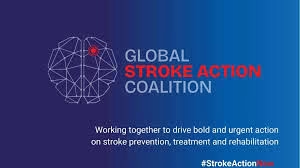 The Coalition’s call comes at a defining moment. The upcoming UN High-Level Meeting is a rare opportunity for world leaders to shape the next 25 years of action on NCDs. Stroke must not be overlooked. The Coalition urges governments to seize this moment and ensure that stroke is recognized, prioritized, and acted upon.
The Coalition’s call comes at a defining moment. The upcoming UN High-Level Meeting is a rare opportunity for world leaders to shape the next 25 years of action on NCDs. Stroke must not be overlooked. The Coalition urges governments to seize this moment and ensure that stroke is recognized, prioritized, and acted upon.
Notes: Members of the Coalition include the World Stroke Organization, American Stroke Association, Asia Pacific Stroke Organization, Bayer, Boehringer Ingelheim, European Stroke Organisation, Heart & Stroke Foundation South Africa, Ipsen, March of Dimes Canada, Medtronic, Philips, Stroke Association UK and Society of Vascular and Interventional Neurology.
Disclosure: This press release was provided by the European Stroke Organisation. No fees or funding were associated with the publication of this article.
Register now to receive the touchNEUROLOGY newsletter!
Don’t miss out on hearing about our latest peer reviewed articles, expert opinions, conference news, podcasts and more.





